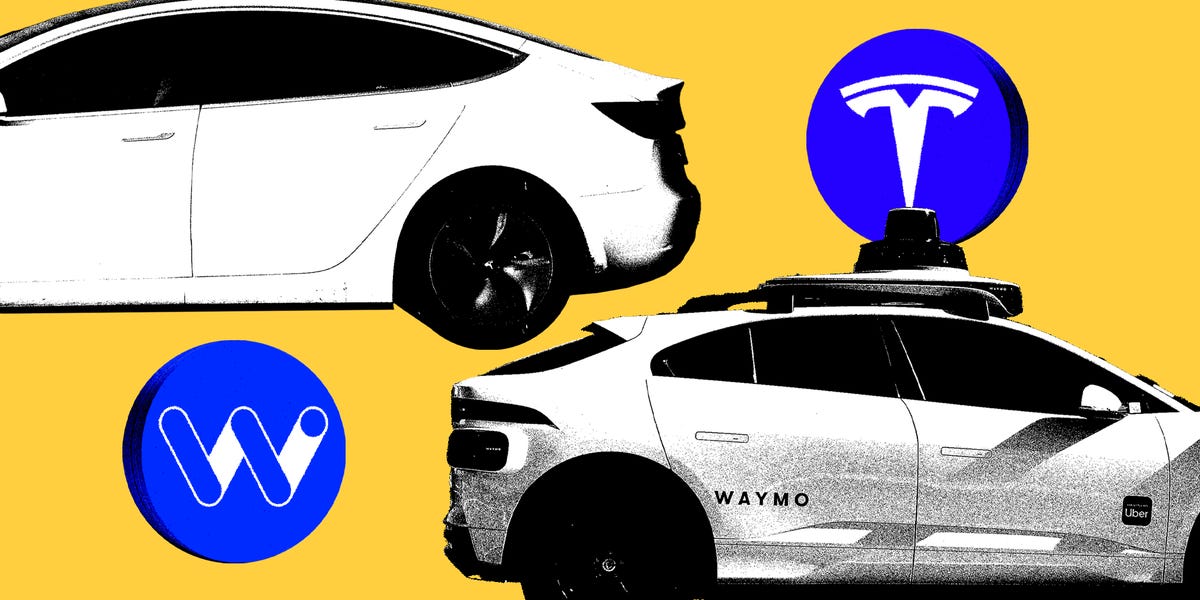Robo-Rivalry Heats Up: Tesla and Waymo's Autonomous Showdown in Austin

Tesla's Robotaxi Revolution: Challenging Waymo in the Self-Driving Arena
The autonomous vehicle landscape is about to get electrifying as Tesla prepares to launch its highly anticipated robotaxi service in Austin this June. This bold move sets the stage for an intense showdown with Waymo, another heavyweight in the self-driving technology space.
A Battle of Technological Titans
Tesla and Waymo represent two distinctly different approaches to autonomous driving. While both companies are pushing the boundaries of transportation technology, their strategies and technological foundations couldn't be more different.
Tesla's Approach: An Integrated Ecosystem
Tesla's robotaxi strategy leverages its existing fleet of electric vehicles and advanced neural network training. By utilizing real-world driving data from millions of Tesla vehicles, the company has been continuously refining its Full Self-Driving (FSD) technology. The Austin launch represents a pivotal moment in Tesla's autonomous vehicle ambitions.
Waymo's Strategy: Precision and Methodical Development
In contrast, Waymo has taken a more conservative approach, focusing on meticulously mapped environments and extensive simulation testing. Their autonomous vehicles have logged millions of miles in controlled conditions, prioritizing safety and reliability.
What This Means for Consumers
As Tesla rolls out its robotaxi service, consumers can expect a seamless, technology-driven transportation experience. The competition between Tesla and Waymo promises to accelerate innovation, potentially revolutionizing urban mobility in the coming years.
Stay tuned as these technological giants continue to reshape the future of transportation, one autonomous mile at a time.
